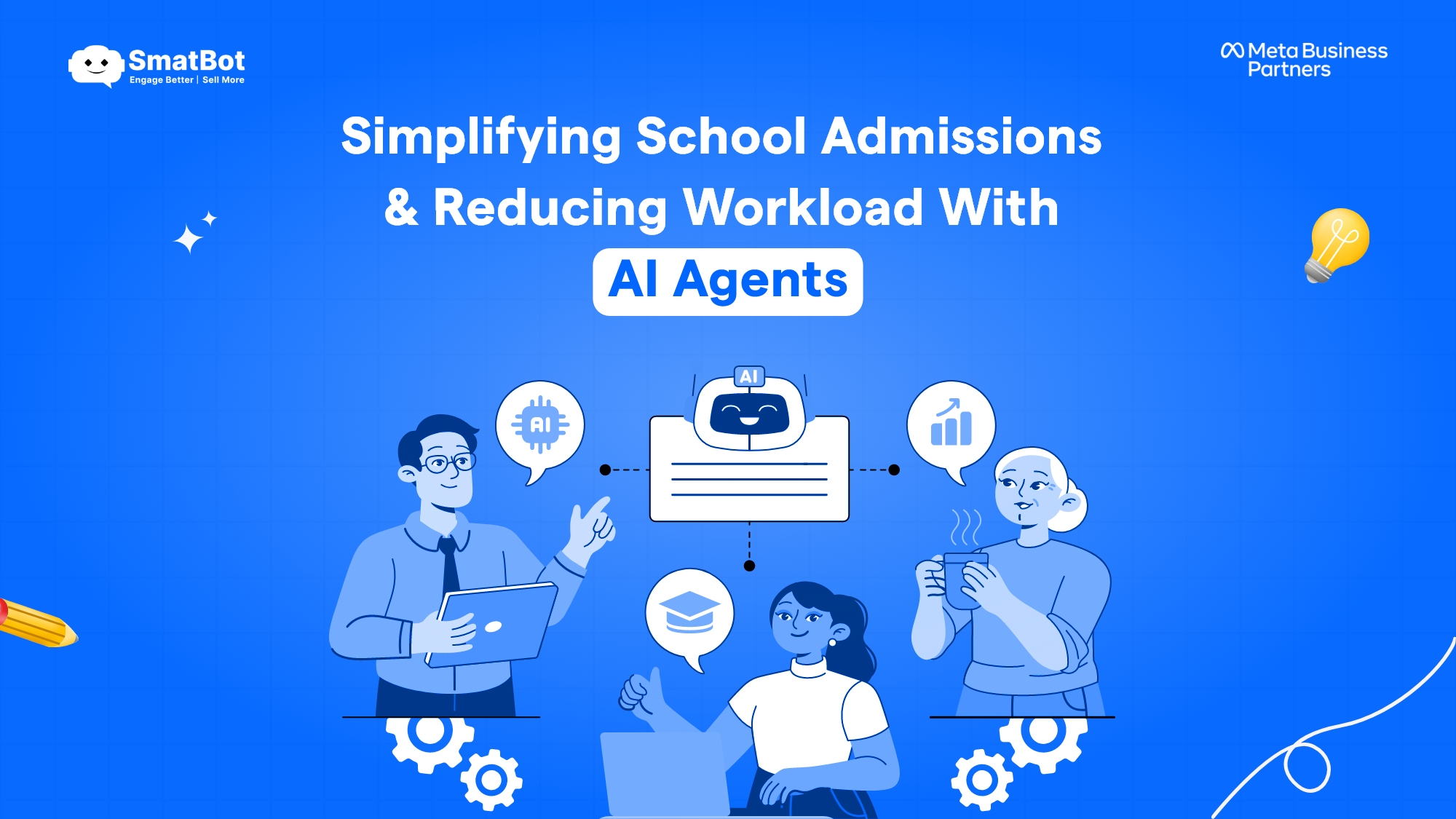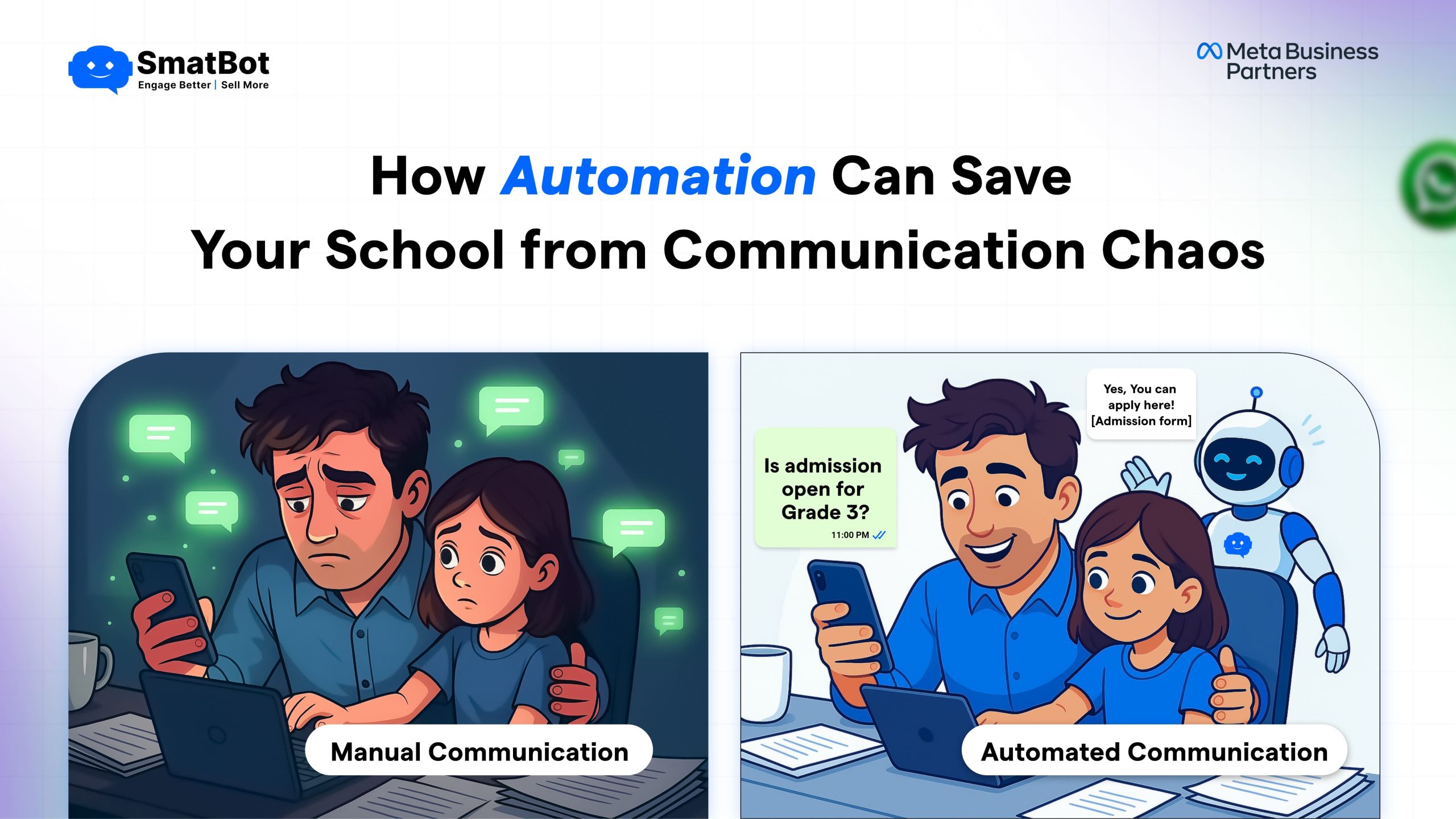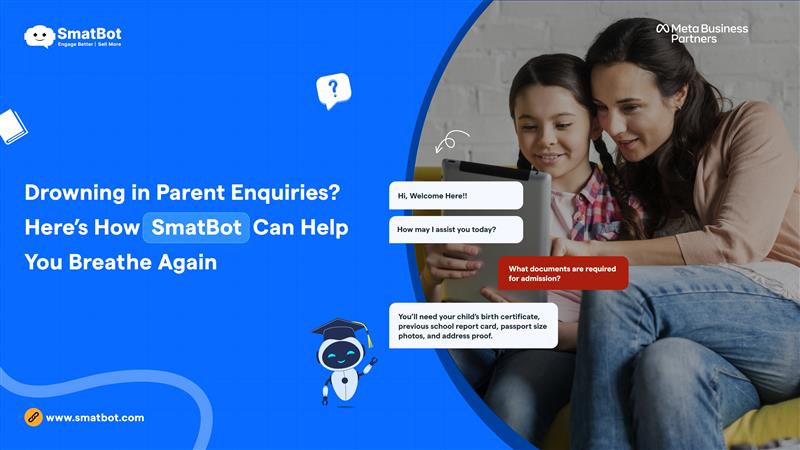IVR vs AI Chatbots: What Businesses Need to Know in 2025
venkat karthik
- July 3, 2025
- 5 min read

As customer expectations evolve, businesses are under pressure to provide fast, intelligent, and frictionless support. IVR (Interactive Voice Response) systems have long been the go-to for automated customer interaction, but with AI-powered chatbots and agents, it is challenging the status quo.
In the race to deliver better, faster, and more accessible customer service, businesses are re-evaluating their traditional support systems. One debate that continues to surface in boardrooms is whether the legacy IVR (Interactive Voice Response) systems are still relevant when compared to the newer, more agile AI chatbots.
In this blog, we explore the key differences between IVR and AI Chatbots—highlighting why more forward-thinking companies are making the switch.
What is IVR?
Interactive Voice Response (IVR) is an automated telephony system that interacts with callers, gathers information, and routes calls to the appropriate recipient using pre-recorded prompts and menu-based navigation.
Typical IVR Experience:
“Press 1 for Sales. Press 2 for Support. Press 3 to speak to a representative…”
IVRs have been instrumental in streamlining inbound call handling, but their utility is waning in an omnichannel digital landscape.
What is an AI Chatbot?
AI Chatbots are intelligent, text-based interfaces that simulate human-like conversations using Natural Language Processing (NLP). Unlike IVRs, they don’t rely on rigid menu trees and are available across channels—web, WhatsApp, social media, mobile apps, and more.
Today’s AI Agents go a step further by integrating with backend systems (CRMs, ERPs, ticketing tools), enabling dynamic, personalised, and contextual responses to their users.
Unlike IVRs, they aren’t limited to voice or rigid menu trees.
Example: “Hi, I see you’re checking your delivery status. Can you share your order number?”
They learn. They adapt. They give personalised responses to every user.
📊 Key Differences Between IVR and AI Chatbots
| Feature / Capability | IVR Systems | AI Chatbots & Agents |
| User Interface | Voice-based, menu-driven | Text-based, conversational |
| Language Understanding | Keyword-based, limited NLP | Advanced NLP and intent detection |
| Personalisation | Very limited | High – integrated with user data |
| Channel Support | Only phone-based | Omnichannel (Web, WhatsApp, Social) |
| Availability | Limited by call centre hours | 24/7 availability |
| Response Speed | Slower – queue-based | Instant responses |
| Scalability | Linear (one call at a time per line) | Non-linear (thousands of chats) |
| Cost-Efficiency | High maintenance, limited ROI | Lower support costs, scalable ROI |
| User Experience | Often frustrating, rigid | Fast, intuitive, personalised |
| Use Cases | Call routing, FAQs | Lead gen, support, order updates, more |
Why AI Chatbots Are a Better Fit for Today’s Customer Journeys
- They Meet Customers Where They Are
Your customers aren’t just on phones—they’re on WhatsApp, Instagram, and your website. AI Chatbots are omnichannel by design. - They Speak the Customer’s Language
No more “Press 5 to go back.” AI Agents can understand and respond to natural language, making interactions smoother. - They Scale Without Friction
AI Chatbots handle 10 or 10,000 conversations with equal efficiency—something IVRs can’t match. - They’re More Than Just Support Tools
AI Chatbots are revenue enablers—capturing leads, nurturing prospects, and driving conversions while also handling support.
Where IVR Falls Short
-
- High Drop-Off Rates: Up to 60% of callers abandon calls due to poor IVR design or long wait times.
-
- Lack of Personalisation: Every caller gets the same robotic experience.
-
- No Data Insights: IVRs can’t easily provide granular data on user intent or behaviour.
-
- Poor Accessibility: IVRs are not user-friendly for people with hearing impairments or noisy environments.
As per SmallBizTrends, 67% of customers get frustrated with IVR systems, and nearly one in three consumers hang up out of frustration without getting the help they need.
When Should You Use AI Chatbots Over IVR?
If you’re looking to:
-
- Handle high-volume queries without increasing costs
-
- Automate lead qualification or order tracking
-
- Create a consistent experience across channels
-
- Offer multilingual, real-time support
-
- Provide proactive customer engagement
…then AI Chatbots are your answer.
Final Words:
IVRs had their moment—but in a world driven by instant responses, personalised service, and multichannel engagement, AI Chatbots are no longer just a ‘nice-to-have’—they’re essential. Customers today expect seamless, human-like interactions across platforms, not outdated voice menus and long wait times and responses.
Relying solely on IVR is not just a tech gap—it’s a business risk. You’re missing out on opportunities to engage, convert, and retain customers who demand speed, context, and convenience.
That’s where SmatBot’s AI Chatbots come in.
- Engage customers 24/7 across WhatsApp, Website, Socials, and Mobile Apps
- Automate FAQs, lead capture, appointment booking, and more
- Deliver multilingual, human-like experiences at scale
- Integrate with CRMs, ERPs, and your existing business tools seamlessly
Whether you’re in retail, healthcare, real estate, BFSI, or any other industry—SmatBot gives you the power of real-time automation, without the robotic experience of IVR.🔗 Ready to level up from IVR? Book a free demo with SmatBot today and see how conversational AI can unlock more leads, higher retention, and a smarter customer journey.




